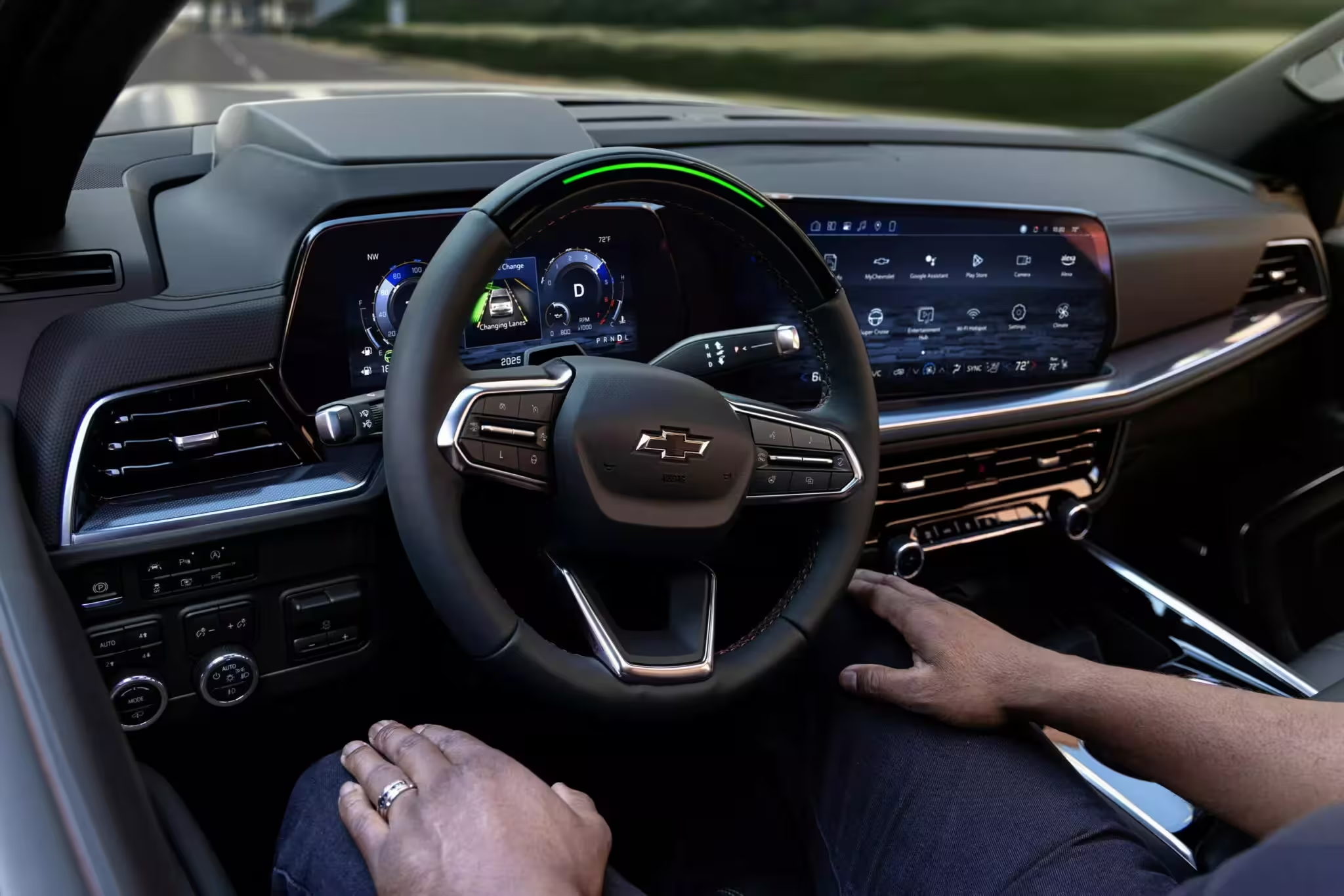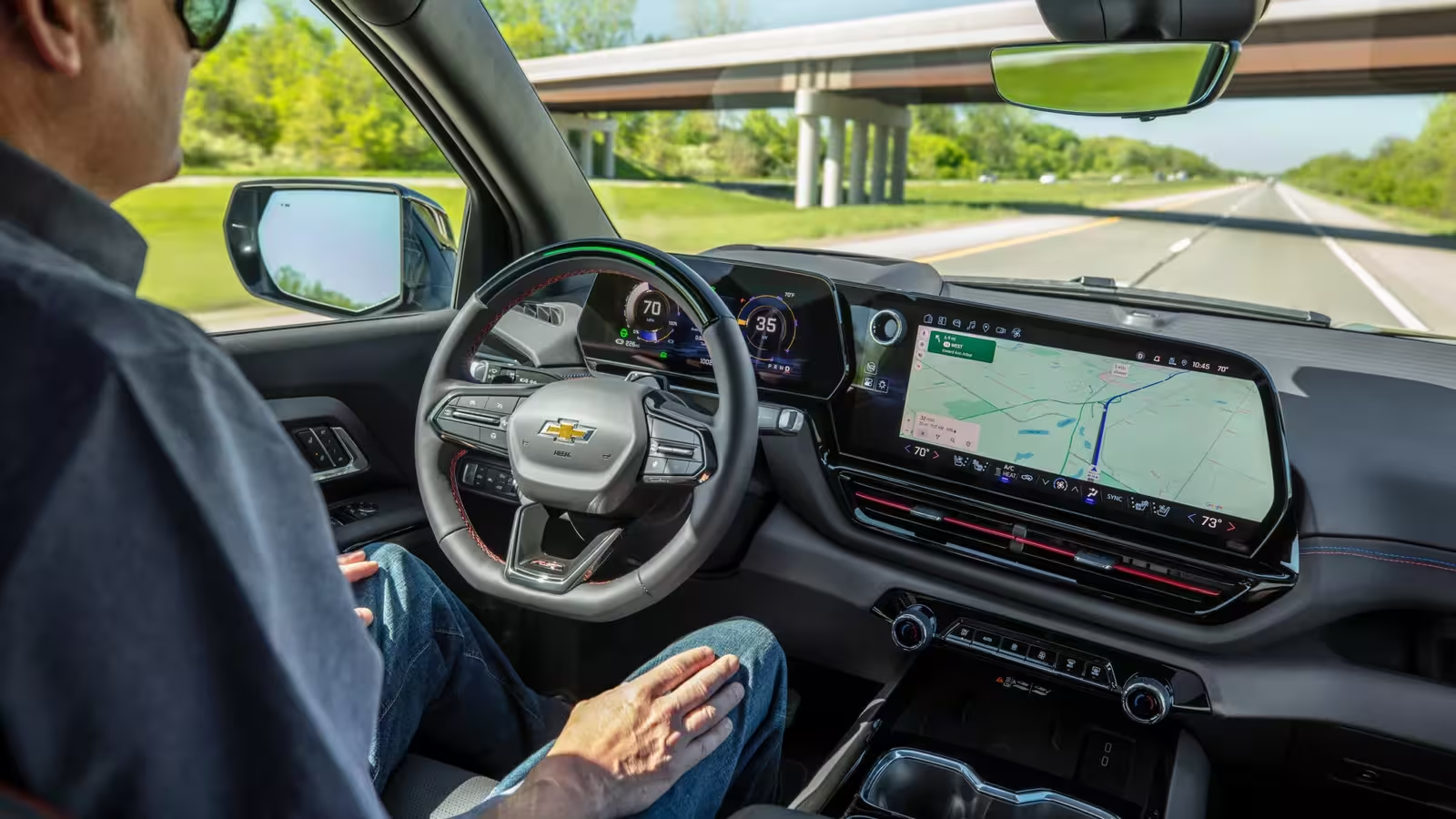3 Minutes
GM's renewed push into autonomous driving
General Motors, a pioneer in driver assistance with Super Cruise since 2017, is reportedly ramping up its autonomous driving efforts once again. After winding down the Cruise robotaxi program late last year and folding some staff and technology into the wider company, GM now appears to be refocusing on delivering higher-level self-driving systems for consumer vehicles and beyond.
Leadership and strategic shift
The renewed strategy is credited to Sterling Anderson, GM’s chief product officer since May. Anderson — who led Tesla’s Autopilot engineering and co-founded Aurora — is pushing the automaker back toward full autonomous vehicle development. His experience with autonomous driving and advanced driver assistance systems (ADAS) underpins an internal drive to reestablish GM as a leader in self-driving technology.
Rehiring and team rebuilding
Bloomberg reports GM is exploring the rehiring of former Cruise employees — potentially a sizeable portion of the roughly 1,000 people let go when Cruise’s operations were scaled back. While exact headcount goals are unclear, the intent is to assemble talent and IP needed to build a fully autonomous vehicle while continuing incremental improvements to Super Cruise.
Technology roadmap and autonomy levels
A GM spokesperson told the press, “We’re accelerating the development of autonomous driving technology capable of operating without active human oversight.” That language points to a focus on Level 3 and Level 4 systems — conditional and high automation that can manage driving in specific scenarios without driver intervention — with an eventual aim toward Level 5 full autonomy.
Sensors, software and validation
Expect investments in redundant sensor suites (lidar, radar, cameras), vehicle compute, and simulation-based testing. Integration with existing Super Cruise infrastructure and over-the-air updates will be critical for safety validation and consumer adoption of self-driving capabilities.

Vehicle specifications, design and performance
While GM has not announced a production-spec autonomous vehicle, potential projects would likely emphasize modular EV platforms for efficiency and battery range, optimized thermal management for compute hardware, and interior design tailored for driverless use cases (more lounge-like seating, in-cabin UX). Performance targets will balance energy efficiency and real-world range with the power demands of high-performance AI compute systems.
Market positioning and comparisons
GM's strategy places it back into direct competition with Waymo, Tesla, and other autonomous programs. Compared to Tesla’s camera-first Autopilot, GM’s likely approach will blend Super Cruise’s hands-free consumer experience with Cruise’s urban robotaxi learnings and a stronger emphasis on redundant sensing for regulatory approval.
Why it matters
If successful, GM’s move could accelerate mainstream adoption of advanced driver assistance systems and bridge the gap from convenience-focused features to truly autonomous mobility services and personal vehicles. For car enthusiasts and industry watchers, the story to follow is how GM translates talent rehiring, engineering focus, and platform design into verifiable safety and scalable deployment.
Source: carscoops


Leave a Comment